Russia’s Newer Underwater Dart Gun - The ADS

During the Cold War, the Soviet Union sought to develop an assault rifle specifically designed for underwater use by its naval special forces, commonly referred to as Soviet frogmen. These operations required specialized tools that would enable effective combat both underwater and on land. The Soviet Union and Russia are among the few nations with this unique requirement.
In the 1970s, the Soviet Military adopted a unique underwater assault rifle, the APS (Special Underwater Assault Rifle), developed by TSNIITOCHMASH. This rifle was designed to use 5.66mm underwater dart ammunition, which consisted of long darts loaded into a conventional cartridge case. The APS magazine has a capacity of 26 rounds, although its design is somewhat cumbersome to accommodate the long darts.
The APS does not have rifling in its barrel. Instead, it stabilizes the projectile through a cavitation created in the water around the dart. This results in an effective range of the APS of up to 25 meters at a depth of around 5 meters; however, this range decreases as water pressure increases at greater depths. These darts become ineffective on land beyond a few meters, requiring different weapon systems for land use. This necessity ultimately adds to the overall weight that operators must carry to complete their missions effectively.
To address these challenges, a solution was sought to combine the capabilities of underwater and standard weapons into a so-called dual-medium assault rifle. A simple magazine change would allow operators to switch between sea and land capabilities.
In the late 1990s, Tula developed an experimental assault rifle called the ASM-DT, which was assigned patent number RU 2176772 C2s. The ASM-DT was designed to fire specialized 5.45 mm cartridges underwater and standard 5.45x39 cartridges on land.
The Gun
In 2005, TsKIB SOO, a subsidiary of KBP, developed a new underwater cartridge under patent number RU 2318175 C2. This cartridge, named the PSP, utilized an existing 5.45 cartridge case but featured a shorter dart than the ones used in the APS ammunition. The overall length of the PSP cartridge was compatible with standard AK-74 magazines, enhancing its convenience. Additionally, the dart projectile was nearly fully seated within the cartridge case.
When fired underwater, the dart stabilized like APS darts. The reported effective firing range of the PSP cartridge underwater is approximately 25 meters when fired at a depth of 5 meters; however, this range decreases at greater depths due to increasing water pressure.
In 2005, the development of a new cartridge led to the creation of a rifle based on the A-91 bullpup assault rifle. This project resulted in the ADS or Special Dual-Medium Assault Rifle. The ADS is gas-operated featuring a multi-lug rotating bolt and a distinctive forward ejection system on the right side. It has a carrying handle that includes a Picatinny rail for mounting optics and covers a unique gas adjustment system. This design allows the weapon to be effectively used in water and land. There is a switch labeled "water/air," which enables users to transition between environments. When switching from water to land use, the magazine must be changed, and the gas setting must be adjusted accordingly.
The ADS features an integrated 40 mm grenade launcher that utilizes standard VOG-25 grenades with an effective range of up to 400 meters. A safety mechanism is located in front of the trigger, and a separate trigger for the grenade launcher is positioned forward of the rifle trigger. Additionally, the grenade launcher barrel is removable, allowing for adaptation to the operator's needs. The weapon also includes a proprietary suppressor designed for land use. These features collectively give the ADS a versatile, Swiss Army knife-like capability.
Thoughts
The ongoing question regarding the demand for underwater shooting capabilities arises primarily because few other nations have widely adopted this trend. Although I may not have extensive experience as a frogman and was not fond of water survival training during Infantry One Station Unit Training (OSUT), I would like to examine the weapon further and test its capabilities.
Officially adopted in 2013, this weapon has been periodically sighted and showcased at international arms exhibitions. The Russian military began receiving deliveries in late 2019, and various photos and videos have demonstrated its use in regions such as Syria. However, the export potential for this weapon may be limited, as many countries do not commonly use the 5.45x39 cartridge, which restricts its market primarily to the Commonwealth of Independent States (CIS). It will be interesting to see how this weapon evolves in the future.
Sources:
- https://patents.google.com/patent/RU2318175C2
- https://patents.google.com/patent/RU2103647C1
- Ростех поставил российской армии первую партию двухсредных автоматов АДС - ТАСС
- https://patents.google.com/patent/RU2268455C1
- https://patents.google.com/patent/RU2176772C2
- Двухсредный автомат АДС принят на вооружение российской армии
- ADS

Lynndon Schooler is an open-source weapons intelligence professional with a background as an infantryman in the US Army. His experience includes working as a gunsmith and production manager in firearm manufacturing, as well as serving as an armorer, consultant, and instructor in nonstandard weapons. His articles have been published in Small Arms Review and the Small Arms Defence Journal. https://www.instagram.com/lynndons
More by Lynndon Schooler











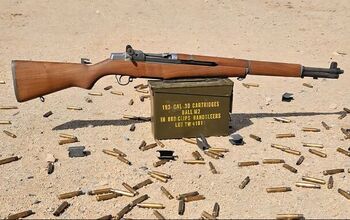
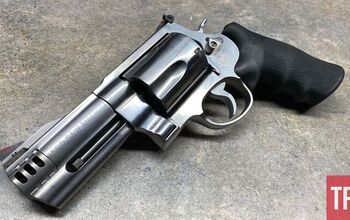



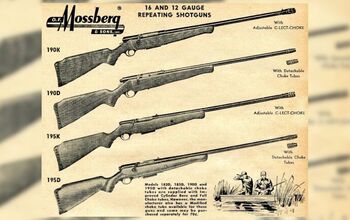



![[SHOT 2025] SIG’s ROMEO8T-AMR and JULIET3T Dynamic Reticle System](https://cdn-fastly.thefirearmblog.com/media/2025/01/27/12071/shot-2025-sig-sig-romeo8t-amr-and-juliet3t-dynamic-reticle-system.jpg?size=350x220)

![[SHOT 2025] New Shotguns and Bolt Action Rifles from Hatsan USA](https://cdn-fastly.thefirearmblog.com/media/2025/01/23/16011/shot-2025-new-shotguns-and-bolt-action-rifles-from-hatsan-usa.jpg?size=350x220)
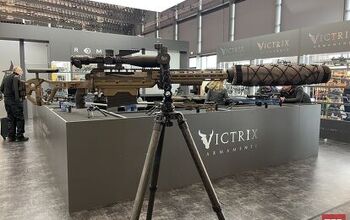

![Hi-Point HP-15 Update & NEW Inland Suppressors [GunCon 2025]](https://cdn-fastly.thefirearmblog.com/media/2025/07/04/04252/post.jpg?size=350x220)
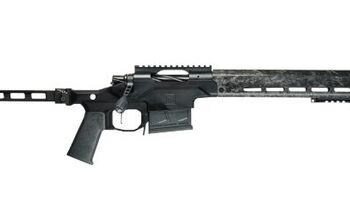


Comments
Join the conversation
Designed to fight off US navy attack dolphins
No, no, I said DART gun.
Oh, yes, that makes much more sense.